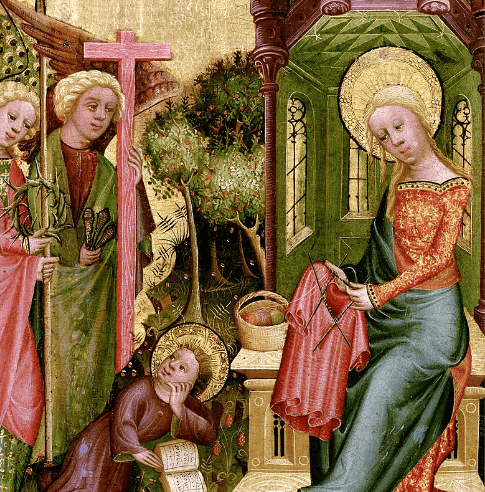Did you know that early examples of knitting were found in Europe from the 14th century when knitted goods spread widely and tax records show how these goods were widely traded?
Whether you’re a fan of knitting from scratch to make custom projects or prefer to treat yourself to knitting kits from a supplier such as woolcouturecompany.com, it’s interesting to know how hand knitting originated in the first place. After all, most of us grew up with relatives who knitted and have experienced it as part of our lives for as long as we can remember.
When was hand knitting first used?
When we talk about hand knitting, we tend to be talking about flat knitting, which uses two needles and involves working in rows. There’s an equally long history of ‘in the round’ knitting, with five needles used to create tubes. There are examples of early Egyptian socks that date back to the 4th century AD, which were created using a yarn threading technique. Experts see this as an early forerunner to knitting.
Early double-knitting examples
The earliest example of this type of knitting is found in the Victoria & Albert Museum dating back to around 1200 in North Africa, which was during a long Islamic ruling period. The piece resembles the colour patterns of Islamic ceramics, and the sock was shaped by using different-sized needles.
Knitting as an art form
By the 18th century, knitting was being used to create wondrous pieces of highly elaborate costume art. Many of these pieces have survived and are on display today, showcasing how far this ancient skill had come in its development and application.
So, when we knit today, we are continuing an ancient tradition with a rich heritage that is found all across the world.


